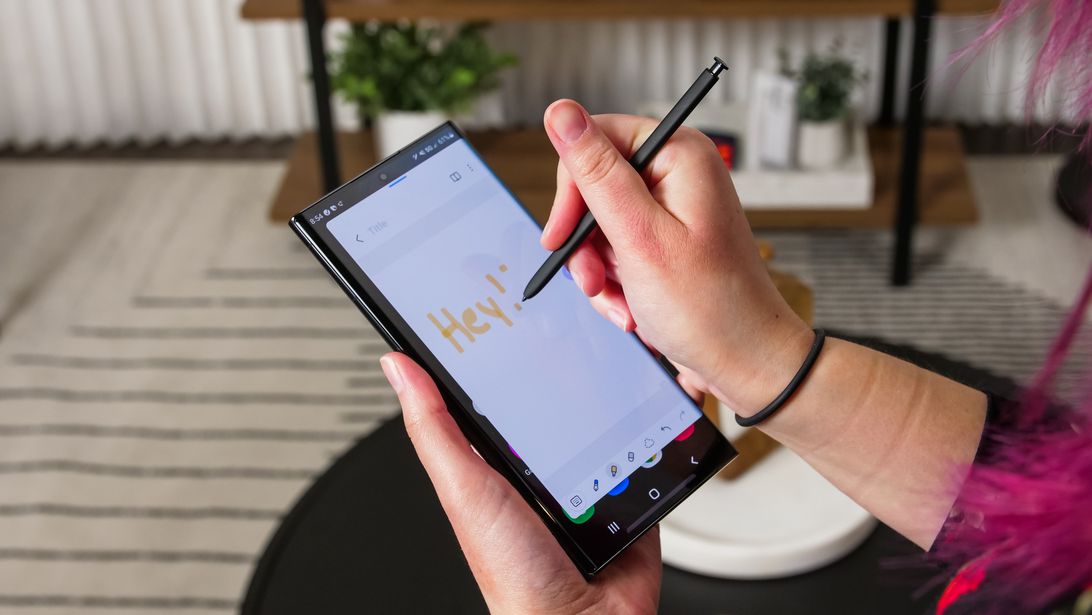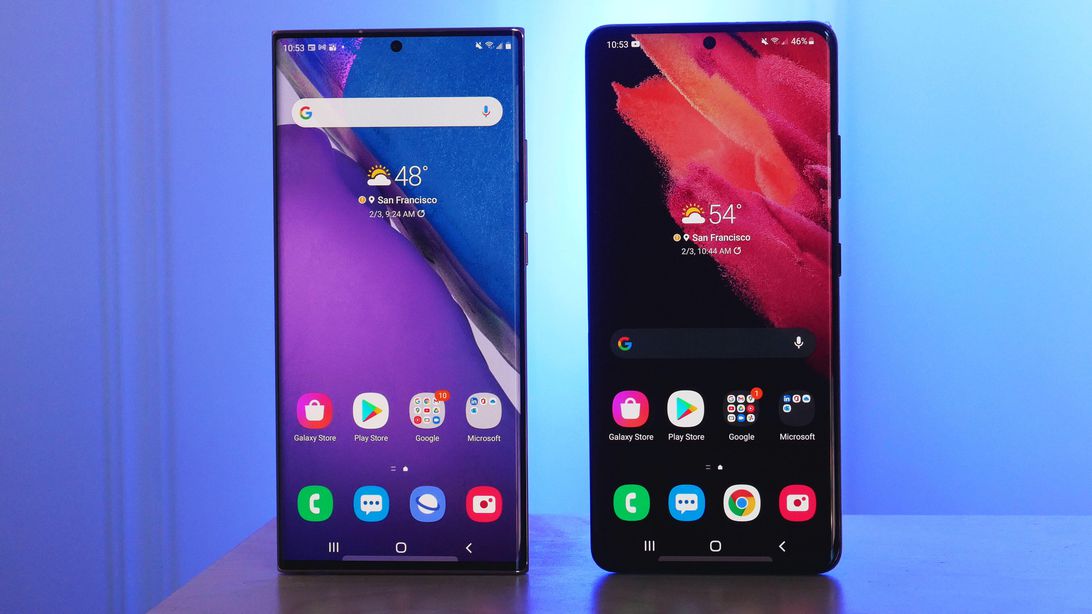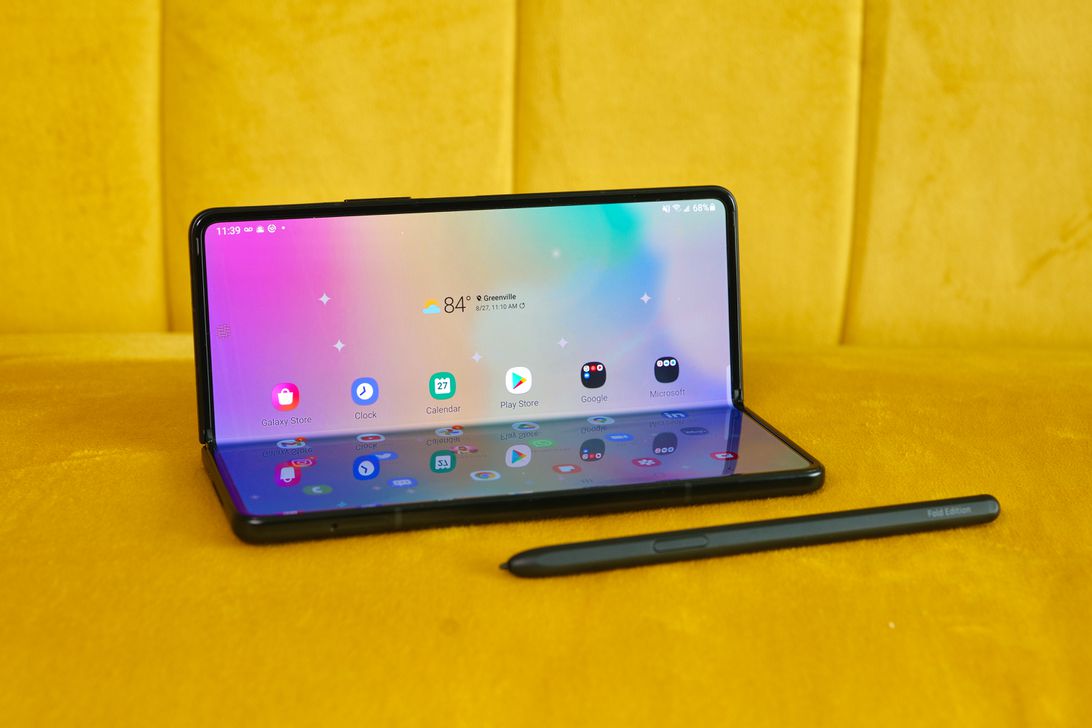
Richard Peterson/CNET
Samsung hasn’t officially said the Galaxy Note is gone for good, but it doesn’t have to. Just take one look at the Galaxy S22 Ultra, Samsung’s new premium phone, and you can see it’s the spitting image of the Note.
The Galaxy S Ultra line has been inching towards Galaxy Note status for years. It was particularly clear in 2021 when it added S Pen compatibility. But the newest model, which Samsung announced at Unpacked on Wednesday, seems like the final push in that direction.
And it’s about time.
Both phones serve the same purpose in Samsung’s lineup by catering to customers willing to pay top dollar for a bigger screen and more camera features. Simply put, there’s no room for the Galaxy Note to stand out now that the Ultra exists.
The Galaxy Note helped popularize larger phones back when the industry was fixated on making gadgets as small as possible. But that’s no longer the case, and the S Pen alone clearly isn’t enough to keep the Galaxy Note relevant.
Post Contents
There’s no place for the Galaxy Note anymore

Lexy Savvides/CNET
Don’t get me wrong, I was a longtime Galaxy Note fan. The device’s nearly tablet-sized screen and the old-fashioned feeling of jotting down notes by hand intrigued me.
But the Galaxy Note’s heyday came at a time when phones were still growing — literally. Smartphone sales outsold feature phones for the first time in 2013, according to Gartner, roughly two years after the original Galaxy Note’s 2011 debut. The smartphone market was relatively young back then, so features like a larger screen and a stylus were considered novel at the time.
Most phones that were popular in the Galaxy Note line’s early days, like the Samsung Galaxy S3, Apple iPhone 5 and Motorola Droid Razr Maxx, had screens that were smaller than 5 inches. The 5.3-inch Galaxy Note seemed gigantic by comparison, but also distinctive.
Yet in 2022, the characteristics that once made the Note feel fresh no longer seem innovative. Just about every phone has a giant screen that’s about 6 inches or larger, including devices from Apple, Google, Motorola or OnePlus. In other words, big phones are now the norm rather than the exception. Even budget phones, like Samsung’s $250 Galaxy A13, often include 6-inch screens or bigger now.
Galaxy S22 photos: Get a closer look at Samsung’s new phones
The Galaxy Note undoubtedly played a big role in that shift. But that’s exactly the point; the shift already happened, and the Galaxy Note no longer feels as special as it once did. Evidence of this can be seen in the Galaxy Note 20 Ultra, Samsung’s most recent high-end Note that debuted in 2020.
Other than the S Pen, there was little that distinguished the Note 20 Ultra from the Galaxy S20 Ultra, which launched in the same year. Both phones had spacious 6.9-inch screens and multilens cameras. The differences were nuanced and came to certain hardware details.
The S20 Ultra, for example, had a sharper 48-megapixel telephoto lens compared to the Note 20 Ultra’s 12-megapixel telephoto lens. It also had additional memory options and a bigger battery, but was $100 more expensive than the Note 20 Ultra at launch.
Samsung’s attempt to maintain two different premium phone brands created confusion for people who just wanted to buy Samsung’s top-of-the-line phone. In 2019, it was the Note 10 Plus. In 2020, it was either the S20 Ultra or the Note 20 Ultra. Eliminating the Note brand from Samsung’s lineup simplifies that structure. It also means people who prefer giant phones no longer have to decide between a stylus or a better camera, as they did in 2020.
Samsung’s foldables are now filling that role

Patrick Holland/CNET
The Galaxy Note started out as a niche device for people who wanted more screen space and power than the average phone allowed for. Its large size and high price meant it wasn’t for everyone. But it still served as an early indication of where the industry was going.
In the best-case scenario for Samsung, the same could be said for the company’s foldable phones. Like the Galaxy Note, Samsung’s foldables are more expensive than the standard phone. And the appeal of the Galaxy Z Fold 3 is in the extra screen space it offers, just like the Galaxy Note. Samsung seems to be hoping that the Z Fold 3 and flip phone-style Z Flip 3 will set the pace for where smartphones are headed, just as the Note once did.
Who knows whether today’s foldables will lay the foundation for future phones. But the Note certainly did, and its influence has shaped Samsung’s most important launch of the year.
For more, check out everything else Samsung unveiled at its recent Unpacked event including the Galaxy S22, S22 Plus and Galaxy Tab S8. (Here’s how you can preorder the devices now.) You can also learn more about how the Galaxy S22 compared to the S21 and nightography.